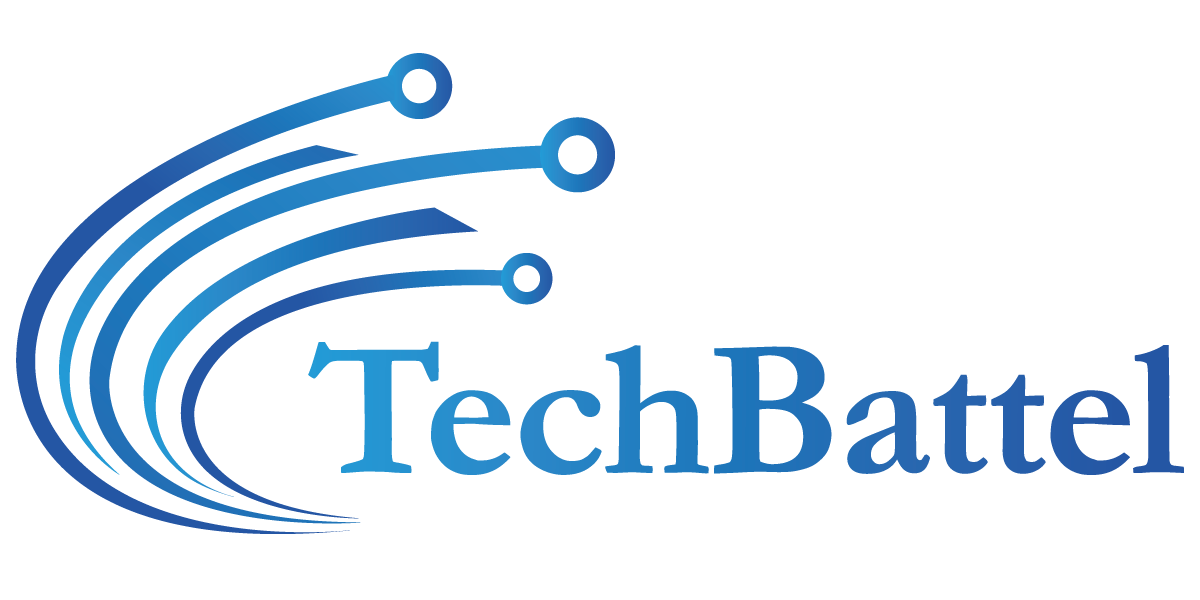With the growing number of online security threats, businesses need to prioritize the security of their customer data more than ever before. It is essential to have strong and reliable access control measures to protect confidential information from unauthorized access. One such solution is the Identity Provider or IdP solution. If you are not familiar with the term, let us take you through everything you need to know about IdP solutions.
Defining IdPs
At its core, an IdP solution is a centralized system that manages the identity and access of individuals within a network of applications and systems. In other words, it provides a single place to create, store, and manage user identities and authentication information. The IdP solution makes it possible for users to authenticate themselves and gain secure access to a variety of applications and services they need. An IdP solution can be used for both in-house and cloud-based applications.
How IdPs Work
When you sign up or log in to a particular service, the service first prompts you to verify your identity by entering your credentials. The user’s browser sends the login request to the service provider which is then redirected to the IdP. The IdP authenticates the user’s identity details and sends back an authentication response to the service provider, enabling the user to securely access the service. The process ensures the user doesn’t have to create separate login credentials for each application, saving a lot of time.
Benefits of IdP Solutions
Using an IdP solution has numerous advantages, primarily related to security and convenience. With an IdP solution, companies have better control over user identities, roles, permissions, and access control over all applications used by the organization. Additionally, it eliminates the need for password resets, reduces the risk of password-related security breaches, and enables centralized logging of access events. Furthermore, it provides the convenience of Single Sign-On (SSO) capabilities for users.
Choosing an IdP Solution
When selecting an IdP solution, it is essential to consider several factors that matter. Some of these factors include scalability, user experience, security, vendor support, and the cost of licensing and implementation. You should opt for an IdP solution that is easy to deploy, offers comprehensive security features, and seamlessly integrates with multiple other software platforms.
Common Examples of IdP Solutions
Popular IdP solutions include Google’s OAuth 2.0, AWS Single Sign-On, OpenLDAP, Okta, Keycloak, and Microsoft Active Directory Federation Services (ADFS). Each of these solutions has unique features to cater to different use cases. It is vital to carefully evaluate each solution’s features and capabilities to choose one that meets your organization’s needs.
Conclusion
To protect your company’s data and secure access, deploying an IdP solution can prove highly beneficial, whether you’re an organization working in-house or in the cloud. It offers a secure, centralized management system for user identities and authentication information. The increasing reliability and convenience of authentication and authorization with IdP solutions make them an attractive choice for companies. Nevertheless, when choosing the right IdP solution, it is vital to evaluate the features and characteristics of each to select the appropriate solution for your business. For more information visit Techbattel.com

